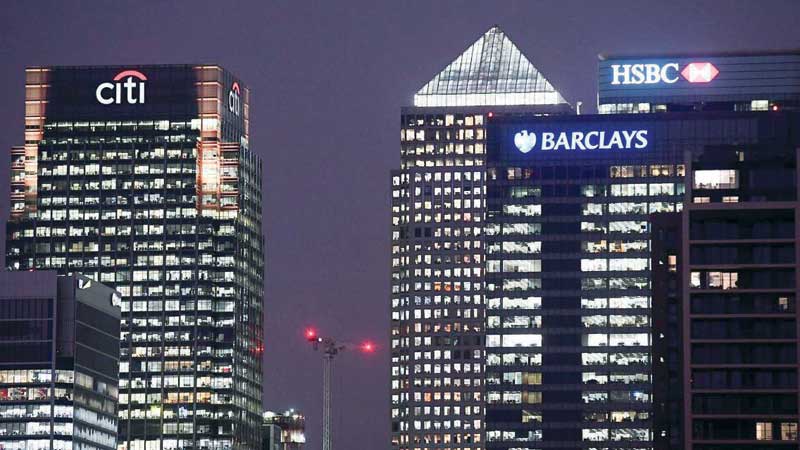

LONDON: Andrea Enria and Sam Woods were right to stop banks paying dividends in March. When the pandemic struck, the chief supervisors at the European Central Bank and Bank of England, respectively, kept capital on lenders’ balance sheets instead.
That policy is now out of date.
Swift action by regulators prevented big euro zone lenders from paying about 30 billion euros to shareholders out of 2019 earnings. The emergency measures were necessary as national lockdowns starved firms of cash just as credit markets seized up.
Supervisors also worried that rampant loan losses could blow a hole in banks’ capital buffers.
Seven months on, these fears have receded. The initial surge in demand for bank credit was fleeting.
Bond markets quickly reopened for big companies, supported by generous monetary easing from central banks.
Non-financial firms in the euro zone issued 119 billion euros of debt securities in April, ECB data shows, close to double the monthly average over the previous year. UK capital markets were similarly buoyant.
Bank earnings and capital also held up better than feared. NatWest, for example, on Friday reported a chunky 18.2 pc common equity Tier 1 (CET1) capital ratio, even though the state-controlled British lender has taken hefty bad-debt provisions this year. That trend should continue.
Members of the Euro STOXX Banks Index and Britain’s five biggest lenders will on aggregate generate twice as much pre-provision profit in 2020 and 2021 as they will set aside for doubtful loans.
In other words, bad debts would have to be twice as bad as expected before banks dip into capital.
Enria and Woods can therefore afford to drop their blanket dividend ban.
However, they should still attach a few conditions. One precaution would be to restrict payouts for lenders whose CET1 ratio is less than 2 percentage points above the regulatory minimum.
That’s a rule of thumb that most bank CEOs follow informally anyway. The other safeguard is to require dividend-paying banks to keep growing their loan books, ensuring that rewards for shareholders do not come at the expense of a credit crunch. — Reuters
Oman Observer is now on the WhatsApp channel. Click here



